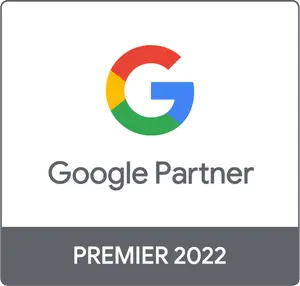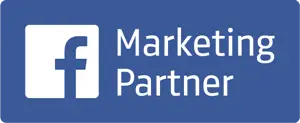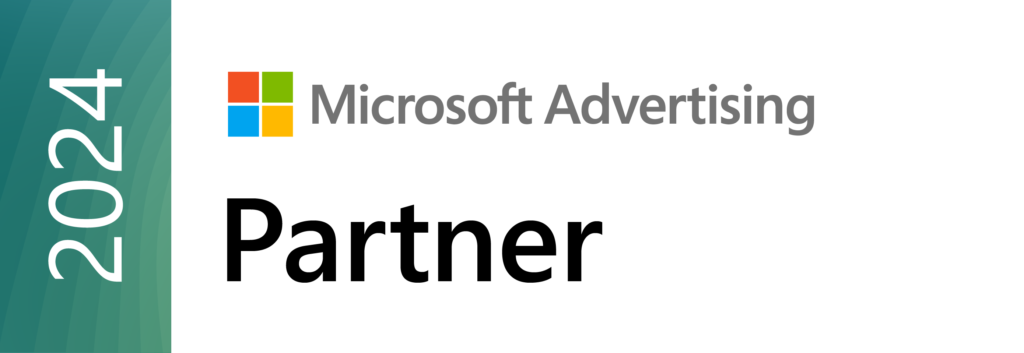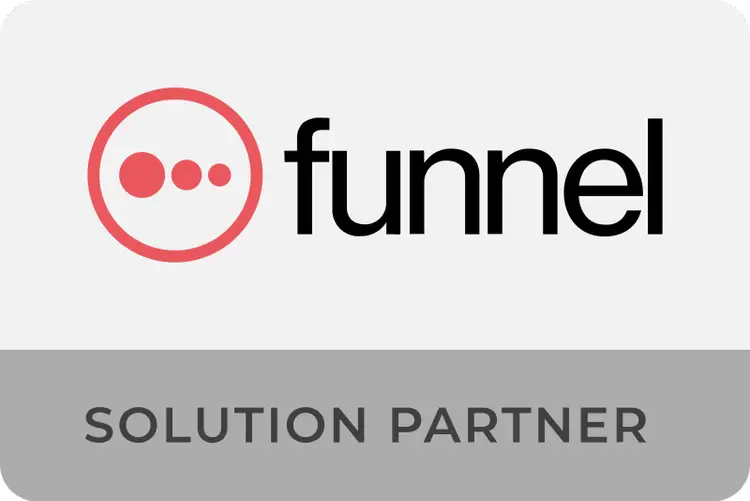Education, at all levels, has become a highly competitive sectorToday more than ever, the high digital literacy both students and parents, forces us to think and focus campaigns with much more precision.
But what are the main keys to achieving impact through the digital channel In this highly competitive sector, with a certain reluctance to sound too commercial? Below we summarize our knowledge from years of international experience with schools and educational centers:
1. Beyond lead generation
The role that the digital channel plays in the education sector is not only focused on attracting new interested families, but also serves as a link among current parents, teachers, and students. The community generated through social media, constant communication with families via newsletters, and informational banners on the school's official website are all focused on retaining and building loyalty among current families.
Pro tip: A successful education campaign will be integrated into the overall online and offline strategy and will make sense with the rest of the tactics and communication elements used.
2. The vital importance of timings
Depending on the hemisphere we are in, school calendars vary considerably. In some Latin American countries, the school year begins in March, while in the US it begins in July, and in Europe, the main trend is to begin in September. Carrying out a good campaign planning Timing them during the periods when potential families are looking for a school is key to their success. However, it would be a big mistake to rely solely on specific times of the year to attract leads to the admissions process.
Pro tip: dDivide your budget between specific push campaigns during critical months of the school calendar and always-on campaigns that bring in a steady stream of leads.
3. A journey map as simple as possible
The brilliant performance of a digital campaign will be of no use if leads are sent on a complex and confusing journey (i.e., a website) where they become frustrated and lose interest. Designing a simple admissions process and communicate it clearly on the web as well as optimizing the campaign's landing pages for conversion will be prior steps to take into account.
Pro tip: Review the application forms on your campaign landing pages to make sure they're easy to fill out. A maximum of 3-4 fields is enough to collect contact information. The rest of the information can be requested later.
4. Understand your audience by developing “Parent Personas”/Student Personas
The ultimate goal of every educational institution is to enhance the intellectual, social, moral, emotional, and physical development of its students. Although this is the common mission, the reality is that each school responds to the much more specific needs of a group of people. Being able to empathize and understand the specificities of the audience targeted by campaigns will make the messages have a greater impact. Studying the target audience's behavior on Google, the web, and social media will be key to selecting and promoting paid channels.
Pro tip: Parent Personas/Student Personas are the adaptation of Buyer Personas to the education sector. Conducting this conceptual exercise with the marketing and admissions team and reviewing it at least once a year will make a difference when developing the communication side of digital campaigns.
5. Prior branding work – Brand Positioning
Branding and marketing are two disciplines that go hand in hand, and it's difficult for one to work without the other. Positioning the educational institution with a strong unique value proposition, a unique identity, and a series of key messages is what defines a successful campaign.
Pro tip: Having a brand manual, both conceptually and graphically, and verbally, will be the key tool to ensure consistency across all touchpoints and channels where marketing tactics are deployed.
6. Channel prioritization
Depending on the campaign objectives and the target's behavior, some channels will be more appropriate than others. Knowing how much budget to allocate to each channel will depend on analyzing historical data.
Pro tip: Check out our blog on how to measure and optimize the performance of each channel
7. Social proof: testimonials from students, alumni, families, and teachers
Word-of-mouth recommendations are crucial for increasing a school's reputation and attracting new students. Therefore, it's important for the marketing team to practice social listening, paying special attention to everything that's being said about the school. Positive reviews strengthen the "social proof" that the school's value proposition is being fulfilled.
Pro tip: It's important to regularly encourage students, families, and educators to leave reviews on Google My Business, Facebook, and other channels.
8. Create your personalized results dashboard
A good campaign strategy and execution are just as important as establishing a proper tracking and attribution system. Having a dynamic and personalized report is key to making the best data-driven decisions.
Pro tip: Don't settle for a report that only measures impressions and clicks or claims that the conversions the agency reports match your internal numbers.
9. Constant evolution
As the education sector is immersed in hyper-digitalization, it's advisable to test new channels where potential families may be looking for answers to their educational challenges. Innovating in formats to convey the school's messages while maintaining always-on campaigns that, thanks to data, are known to work, is a combination that seeks growth and expansion in the digital channel.
Pro tip: Explore channels and formats from other sectors to adapt them to the educational environment, always respecting the specificities.
10. CRM as a cornerstone
Having a CRM that's well-integrated across all your digital channels and can ideally automatically track potential leads who are interested in your training offerings is vital for optimizing your campaign's ROI. Attracting leads is pointless if they aren't then treated with a focus on conversion and loyalty.
Pro tip: Invest in a good CRM and a consultancy to configure it based on the school's needs. Start with the basics and gradually increase the level of automation.
In conclusion, the education sector as a whole is increasingly present in the digital world, and there are many good practices that can be inherited from other sectors without ever losing sight of the importance of the academic aspect over the commercial one.






